Beets are a staple in many gardens. As root vegetables, you’ve got an opportunity to maximize your growing space by adding companions for your beets, so let’s take a look at 15 of the best options!
These root vegetables need at least six hours of sunlight a day to grow, but they’re happy drinking in more than that.
They want to set root in loamy soil that doesn’t dry out and need to receive an average of an inch of rain every week.
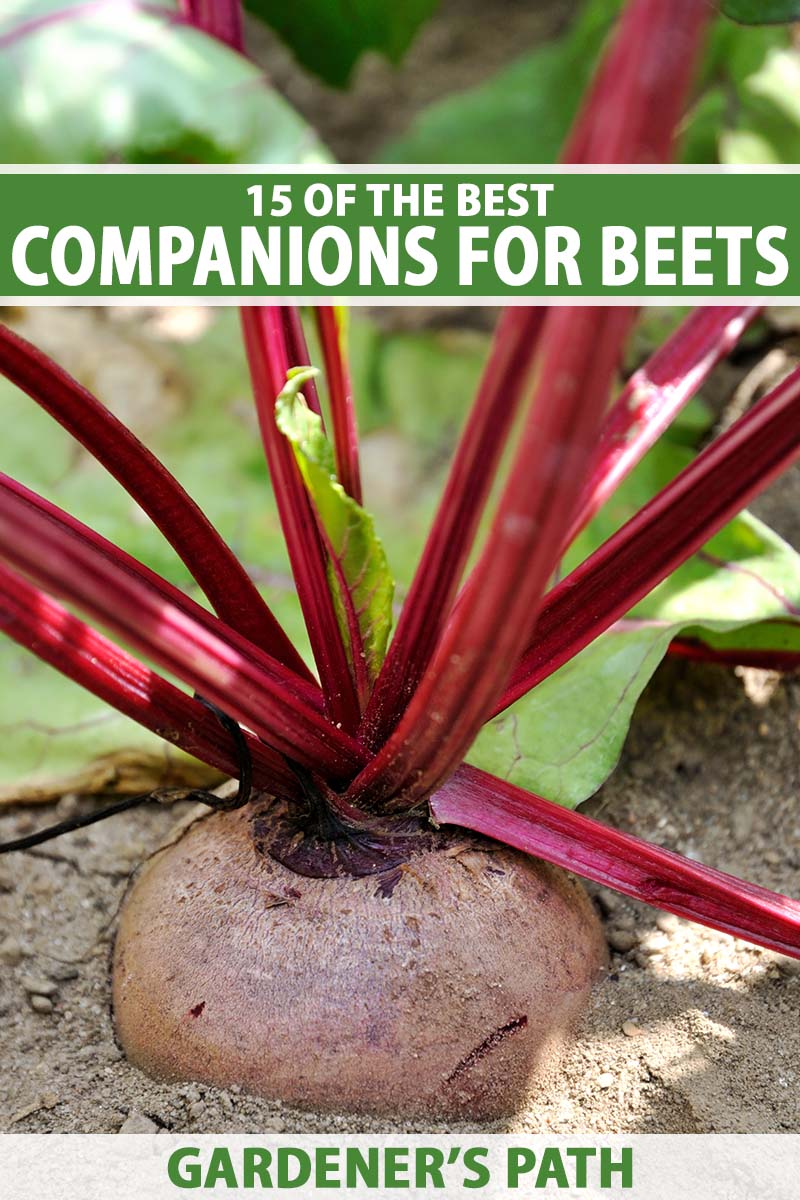
We link to vendors to help you find relevant products. If you buy from one of our links, we may earn a commission.
They don’t respond well to drought but do well in cool conditions, and they’re good plants to get started in a cold frame.
They need a pretty specific pH range from 6.0 to about 6.8 to really thrive. I’ve had them grow in more extreme conditions, but they’re never much to look at.
You can read more about growing beets in our guide. The best companion plants enjoy the same conditions. So let’s get to it!
Top Companion Plants to Grow with Beets
Which gardens have the happiest beets? Let’s have a brief review of how to get started.
It’s best to sow the seed directly into the soil. And it can take a week or more to see any hint of life from your seeds, so be patient!
These vegetables aren’t fans of crowds. To balance this you can either plant the seeds a little deeper than half an inch and at least three inches apart – I go a full hand width – or you can sow them in denser groups and then thin them out later.
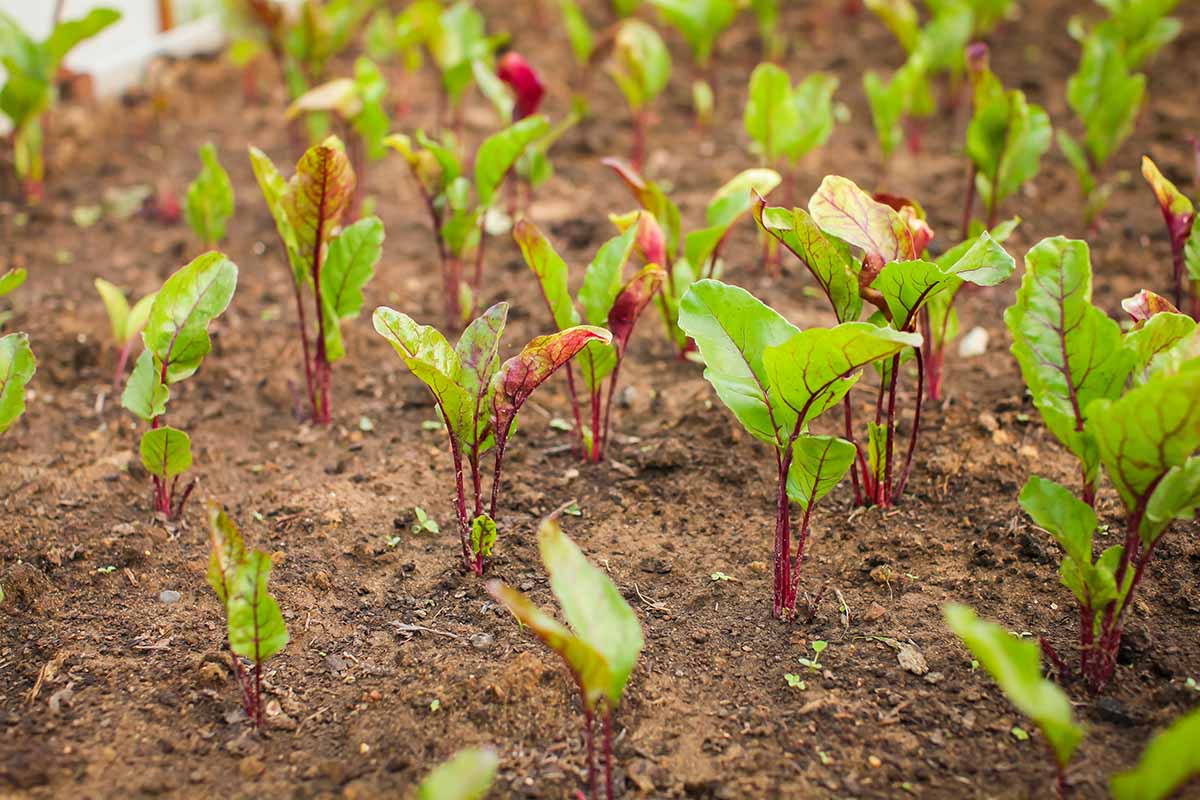
I prefer the second option, but I’m also in the “plant a LOT” school. What can I say except that I really like to eat beets?
You can even eat the greens from thinned plants. I suggest snipping the leaves instead of trying to yank culled plants out of the ground. That could damage the other beets you’re trying to save!
A beet “seed” is actually composed of several seeds in one convenient package. Each of these may germinate to produce a few plants, so once they’ve started growing leaves you’ll need to snip all but one seedling away.

This is very important to develop a big beet plant instead of several weak ones that never really do anything. I learned this after too many wasted beet crops many years ago and I’m still bitter about it.
You can keep beets growing from early spring until the hottest days of midsummer. They also respond well to successive plantings – add a new crop of seeds every two or three weeks for the biggest gains.
And one last note when it comes to the term “planting companions” before we dig into our list:
Inexperienced gardeners might hear the term and develop an image of tightly planted crops in the garden, but that’s not the case here.
You almost always want to follow the plant spacing directions for your selected crops to prevent disease and pest infestation, so don’t deviate from them!
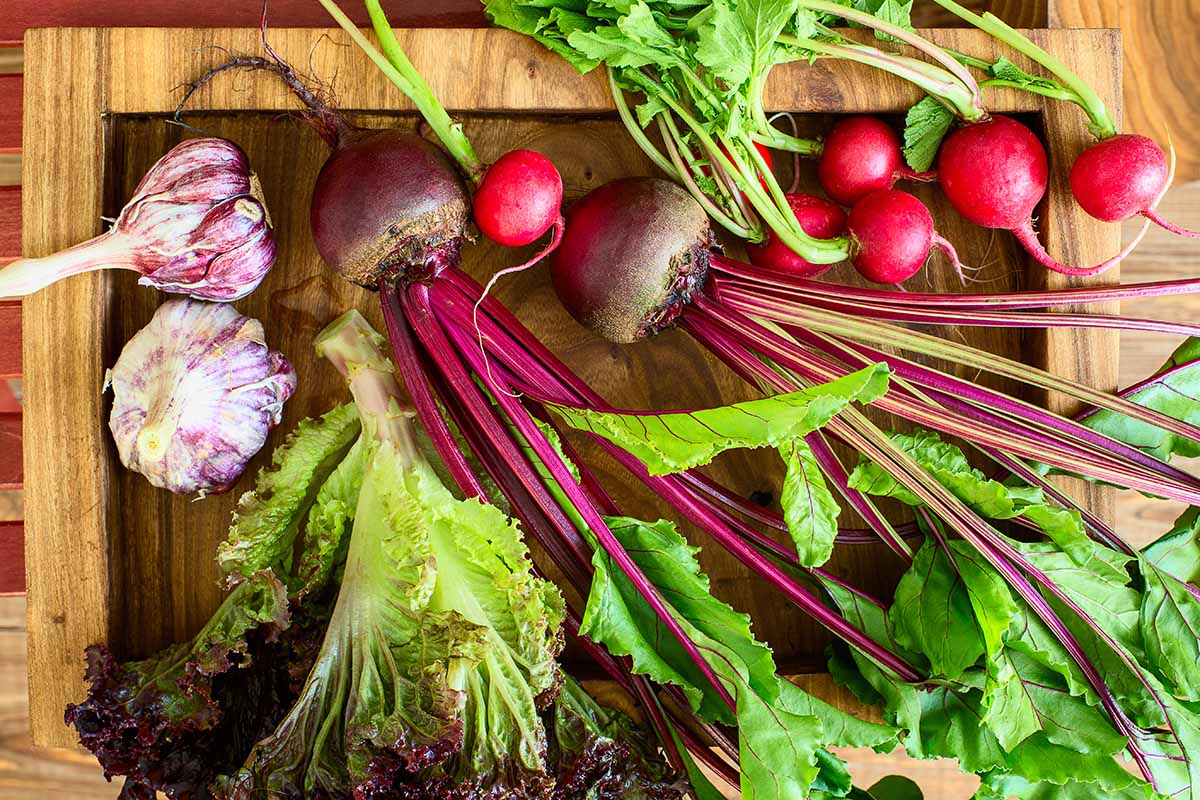
Alright, let’s get into it! Without further ado, here are your planting companions for beets. Keep an eye out at the end for our coveted pick for the “Most Beet-iful” growing companion!
1. Broccoli
Broccoli (Brassica oleracea var. italica) is my favorite vegetable so it goes first on the list. It being first alphabetically has nothing to do with its placement…
If you have a hard time getting broccoli to grow in your garden and it is mixed in with neighboring veggies, it might have a calcium deficiency.
Other plants are eating up this mineral too, but beets require less calcium than many vegetables.
That means your beets and your broccoli will play nicely together in the garden and help each reach their best potential.
‘Green Sprouting Calabrese’ is the broccoli I have the most experience with, and it gets my first recommendation. Seeds are available in packets and in bulk from True Leaf Market.
The ‘Sun King’ hybrid is another great producer, and heads can be harvested from July through the fall until the first hard frost. Seeds and plants are available from Burpee.
Learn top tips for growing the best broccoli in our guide.
2. Brussels Sprouts
Ah, brussels sprouts. I’ve been eating more brussels sprouts (Brassica oleracea var. gemmifera) later in my life since avoiding them like the plague when I was a kid. They’re also a solid garden buddy for your beets.
Beets and brussels favor similar conditions and don’t compete for the same types of real estate, making them desirable neighbors.
You harvest your brussel sprouts after a few frosts in the fall, so you can pick them with your beets at the same time. That’s one less trip out to the garden on nippy mornings!
The ‘Catskill’ brussels sprout is pretty easy to grow and produces plenty of delicious sprouts. Give it a shot if it’s your first time growing these! Seeds are available from Burpee.
‘Long Island Improved’ brussels sprouts are another good option with a very high germination rate.
Grow this improved version of the heirloom ‘Long Island’ if you wanna brag about how your sprouts have such a pedigreed history, dating all the way back to 1890!
Find seeds now at True Leaf Market.
Want to learn more? Check out our guide to growing brussels sprouts here.
3. Bush Beans
Bush beans (Phaseolus vulgaris) naturally provide nitrogen to the soil, and that’s a very good thing.
Beets tend to grow sweeter when they’ve got a reliable source of nitrogen, and the steady supply from bush beans makes for candy-like beets.
Bush beans are also a reliably successful crop, so this an excellent pairing for gardeners of every skill level.
The only time I ever got excited personally about bush beans was when I found the ‘Desperado’ cultivar.
These taste great, but more importantly, every time I order them I get to think of The Eagles, and that one episode of “Seinfeld.” You know the one I’m talking about…
‘Desperado’ seeds are available in packets of 200 from Burpee.
The ‘Provider’ bush bean is another recommended variety.
It produces tons of beans that are ready to harvest in almost the same timeframe as your beets. Talk about a convenient planting companion!
True Leaf Market has seeds available in a variety of packet sizes.
Learn more about growing bush beans in our guide.
4. Cabbage
A regular resident in many gardens, cabbage (Brassica oleracea var. capitata) grows very well with beets.
The leafy heads can be conveniently planted together at the same time of year, and I gotta say, I’m all about convenience.
They are also a dashing duo, especially when red cabbages are grown in tandem with deep red and purple beets poking their shoulders above the soil.
The only cabbage I’ve ever had luck with is ‘Mammoth Red Rock,’ and I plant it every year.
It grows easily and tastes great, and it’s a heckuva lot easier to spot pests on it than other varieties I’ve grown. It’s also really neat looking, so there’s that, too.
‘Mammoth Red Rock’ Red Cabbage
Visit True Leaf Market to purchase seeds.
My neighbor swears by ‘Early Jersey Wakefield,’ and though I’ve never grown it, I can say it tastes delicious.
Every year I get some fantastic sauerkraut from their yearly production, and I don’t think it’s ever tasted better than when it’s made with this heirloom cultivar.
You can learn more about cultivating cabbage in our guide.
5. Catnip
No garden is complete without some catnip (Nepeta cataria), and I will die on this hill!
That’s because I love cats so much and my neighborhood feline friends keep my garden reliably rodent free.
The phytochemicals in catnip also serve as a deterrent for some insects in the garden, and the less you have to worry about the better.
Just make sure that when you have catnip growing in the garden it’s not planted closely with the vegetables.
When cats are really getting into the catnip they often roll around in drunk euphoria, sometimes damaging plants in the process. Give them some space to stop that from happening!
Catnip seeds are available from Eden Brothers or at Burpee.
Learn more about catnip in our growing guide.
6. Cauliflower
A neighboring gardener at a community garden where I’m a member grows cauliflower and beets with much success.
She grows a row of beets flanking a row of cauliflower and religiously keeps the soil around each free of weeds.
Cauliflower (Brassica oleracea var. botrytis) is a great planting companion for beets because they favor the same season and basic growing conditions.
They share a few common pests, but in the right conditions they’re strong companions you can grow and harvest together.
‘Cheddar’ is a hybrid variety that looks and tastes great.
Don’t be deterred by the color! It doesn’t actually taste like cheddar (rats…) but it does have more vitamin A than the regular cauliflower you’re used to. Find seeds now at True Leaf Market.
If you prefer something more familiar, check out ‘White Corona.’
This type has a similar flavor profile and takes just as long to be ready for harvest, so it’s just a style choice in terms of the color you think is best for you and your garden.
Burpee has seeds and starts available.
Check out our guide to growing cauliflower here.
7. Kohlrabi
This pair should be grown as companions if only because they look so damn good together.
Even if you ignore other details of their suitability, with each competing for different nutrients and space in the garden, they’re just a very handsome pair.
Brassica oleracea var. gongylodes ‘Konan’ is a hybrid cultivar that won the 2016 All-American Selections award and has rave reviews backing it up. Pale green, four- to six-inch bulbs are crunchy with a refreshing flavor.
Seeds are available in packets of 100 from Burpee.
If you want something with a little more zazzle to it, check out ‘Purple Vienna.’
I think I’m going to give this type a shot this year if only because it’s so fine looking, with purple bulbs and stems that contrast with the green foliage.
Seeds are available in various package sizes from True Leaf Market.
Learn more about growing kohlrabi here.
8. Leeks
Leeks (Allium ampeloprasum var. porrum) also prefer the same conditions (seems to be a recurring theme here…).
Years ago, I worked at a private garden and enjoyed tending to an enormous vegetable patch. My mentor loved pairing beets and leeks in almost every bed, and it’s a habit I’ve carried on myself.
They grow nicely together, and are rewarding and successful partners.
‘Carantan’ is an heirloom variety of leek that I’ve grown a few years in a row and it keeps me coming back every year.
Seeds are available from True Leaf Market.
If you’ve never grown leeks before you could give ‘Dawn Giant’ a shot.
These leeks end up being, well, gigantic, and this is an easy producer if you’re like me and forget to check on your veggies every day.
Check out our guide to learn more about growing leeks.
9. Lettuce
This is a pair I tried last year and am looking forward to doing it again this year.
I had developed a sudden passion for fresh lettuce leaves (Lactuca sativa) and sorrel as a daily salad, and decided to include beets in the mix too so I could snack on the trio of greens.
Everybody grew happily together, and at the end of lettuce season I put together a few nice salads with the sweetest beets I’ve ever eaten.
I’ve planted many lettuce varieties but I just like this Gourmet Blend from Burpee.
Gourmet Blend Loose Leaf Lettuce
These mixed greens grow successfully every year for me and they look pretty too. What’s not to love?
Butterhead ‘Buttercrunch’ also tastes so darn good, I want to give it a shot.
Buy seeds now from True Leaf Market.
Find top tips for successful lettuce cultivation in our guide.
10. Marigolds
Hey, that’s not a vegetable! Alright, you caught me, but marigolds (Tagetes spp.) are another staple in almost every garden I put together.
They smell great, attract a whole list of pollinators, and the flowers are so pretty to look at. All of these features make the marigold a delightful companion for your beets.
I tend to use French marigolds mixed into the planting beds as splashes of color, and use the taller African type near the borders of beds.
I like the Bonanza series. It’s a fun mix of colors, including gold, orange, yellow, and bicolored bronze and gold, and every one of them looks great.
They’re the right size at eight to 12 inches tall… and they’re called Bonanza. I won’t lie. I buy a lot of plants based on name alone!
Seeds are available from True Leaf Market.
If you’re a fan of white flowers, check out ‘Snowglobe.’ The three-inch flowers grow on upright stems that reach up to 24 inches tall, and offer almost non-stop flowering.
Seeds are available from Burpee in packets of 50.
Learn more about marigolds and how to grow them in our guide.
11. Onions
Onions (Allium cepa) were one of the first crops I successfully grew, so I aim to include them every year in my gardens.
I’ve rotated various crops in and out of proximity to onions, and am consistently pleased when they grow side by side with beets.
I think a big part of that appeal is how nice the foliage looks together, and how tidy the rows can be kept.
The tried-and-true garden hoe is my favorite tool to use, and I can use it with surgical precision between beets and onions.
An onion preferred by gardeners with longer days, ‘Big Daddy’ is sometimes also referred to as ‘Cannon Ball.’
It’s a fat onion and very flavorful, and a favorite in my kitchen if only because I get to tell people, “Yeah, those caramelized onions? Courtesy of ‘Big Daddy.’”
Bundles of 125 slips are available from Burpee.
My mother-in-law is in upstate New York and she likes to grow the ‘Imai Early Yellow’ every year.
The onions are as cute as onions can get – with their yellow skins and flattened globes – if that kind of thing matters to you. And it does to me, so don’t be ashamed.
Seeds are available from Kitazawa Seed Company via True Leaf Market.
Check out our guide to learn more about growing onions.
12. Radishes
This is an easy and fun pair of vegetables to grow side by side. It’s a favorite for me because radishes (Raphanus sativus) are ready for harvest so quickly. The frequent trips to grab a bunch lets me keep a close eye on my beets.
They enjoy growing at similar times, and favor the same care, so it’s an easy planting companion pick. Just take care when harvesting your radishes not to disturb the developing beets nearby.
I feel like everyone either loves or hates radishes, and if you love ‘em, you love just a couple kinds. These two are my favorites:
As far as fresh radishes go, I love ‘Fire ‘N’ Ice,’ and it’s not just because they’ve got the name of an ‘80s pop-rock band.
They taste like spicy candy right out of the ground and grow quickly and easily.
Burpee has seeds for sale in packets of 300.
My wife and I tried to pickle radishes last year and it was a resounding failure, so we’re trying again this year with something different, the ‘Bora King.’
I’ve grown this cultivar before and I’m fascinated by how beautiful these are, plus the taste is out of this world. They can be pretty spicy, so prepare yourself!
Find seeds now at True Leaf Market.
Have a read of our radish growing guide to learn more.
13. Sorrel
The citrusy flavor of baby sorrel (Rumex spp.) adds a welcome pop to my daily salads. Easy to grow, these leafy greens do well with beets, preferring the same cool temperatures.
Unless you’re cooking up large vats of sorrel soup, a little goes a long way, so interplant sparingly and remember to harvest regularly!
Bright green garden sorrel is ready to harvest in just 45 days.
You can find seeds available from True Leaf Market.
Red-veined sorrel has a stronger flavor and the leaves add ornamental flair to the veggie patch.
Pick up seeds in a variety of packet sizes from True Leaf Market.
14. Spinach
Spinach (Spinacia oleracea) favors cooler weather just like beets do.
It’s a tidy plant to grow if you keep up with harvesting, and this pair can be planted pretty tightly together to maximize the growing space you have.
It’s a perfect combination if you’re using a cold frame.
I will say that I tend to have little luck with spinach, probably because I don’t harvest it often enough. But I have noticed these two varieties do better for me than any others:
‘Bloomsdale Long Standing’ is the favorite spinach of a customer from yesteryear, so I grew heaps of the stuff in their garden.
It’s tough and tolerant of my inattention, and the leaves are pretty darn tasty.
‘Bloomsdale Long Standing’ Spinach
Snag some seeds at Eden Brothers.
The neighboring bed alongside our community garden plot produces the best looking spinach, and a few years ago I learned that it’s the hybrid ‘Riverside.’
I grew some myself from some gifted seeds and was shocked to see how quickly and readily it grew.
The leaves are delicious right off the plant with none of the bitterness I’ve often associated with spinach over the years.
15. The Most Beet-iful Planting Companion is… Garlic!
Theeere she is, Miss Allium Satiiiivuuum…
Isn’t she lovely, ladies and gentlemen?
Garlic (Allium sativum) is crowned the winner because of its easy give and take relationship with beets. Garlic is a natural deterrent for the fungal issues that beets are vulnerable to.
Because the plants grow at the same time, they can help improve the soil conditions for one another during the season, and they don’t compete for many of the same nutrients.
Garlic is also typically ready for harvest at the tail end of when beets are just about finished producing, so you harvest both and have an entire bed cleaned and ready for the next crop to go in.
My favorite garlic is one I don’t know the name of! It’s a random garlic that I keep replanting every year. But my second favorite? Well, that’s ‘Spanish Roja.’
With fat bulbs and a flavor that’s impossible to beat, it’s perfect in hot sauces and just about anything I cook with garlic.
Bulbs ready for planting are available in half-pound packages from Burpee.
I’ve also had some great success with ‘Lorz Italian,’ with its strong, spicy flavor.
I wait to eat these until they’re properly cured and dried because the heat can be a little intense when they’re fresh. Bulbs are available from Burpee.
Go Plant!
Beets have a nice list of growing companions, don’t they? You are sure to find something you want to add to the beds with your beets, or maybe a few somethings.
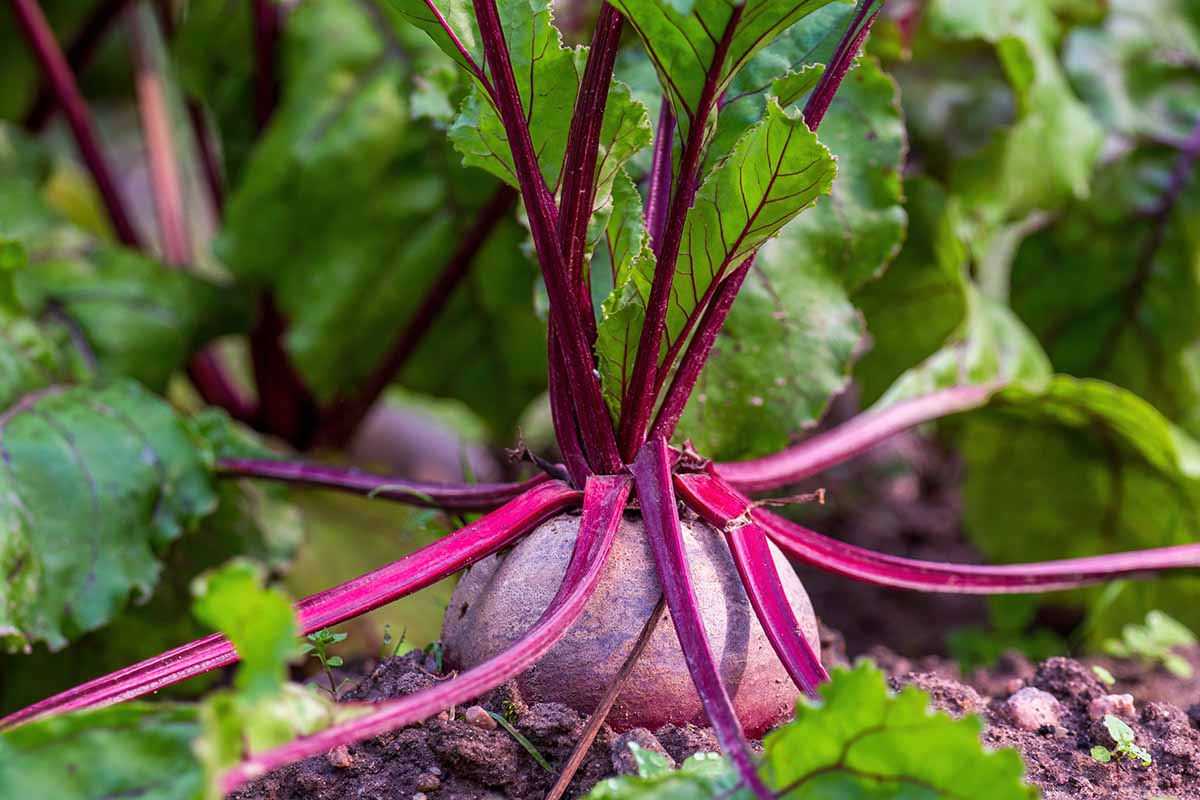
So what are you waiting for? Get out there and get to planting!
Enjoy your adventures with beets in the garden, and share your stories and questions below.
And for more information about growing beets in your garden, check out these guides next:

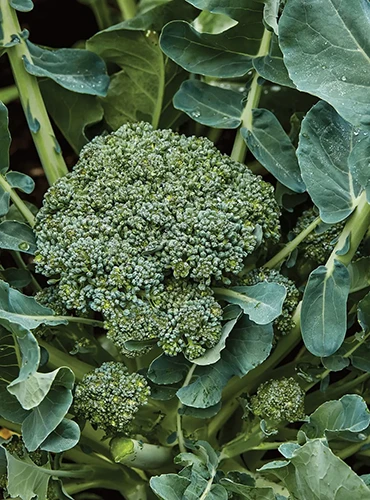
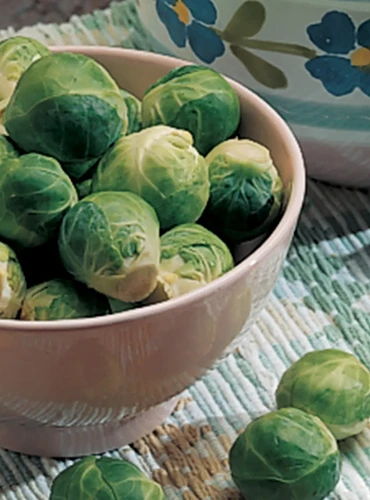
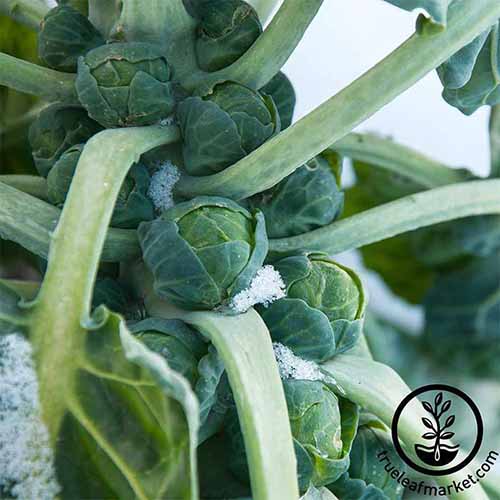
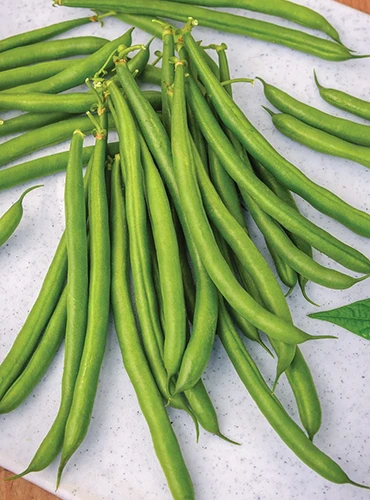
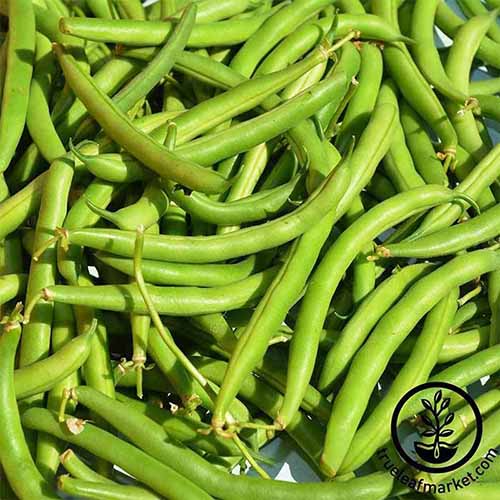
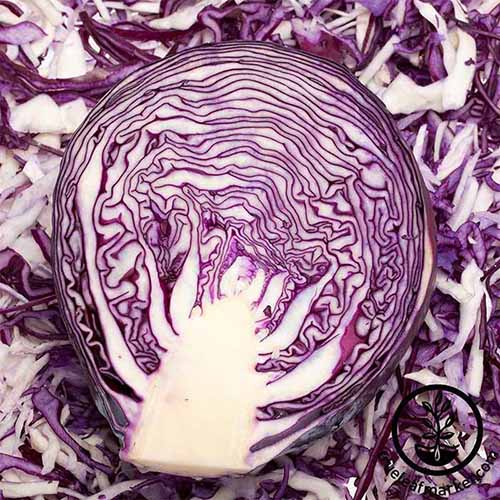
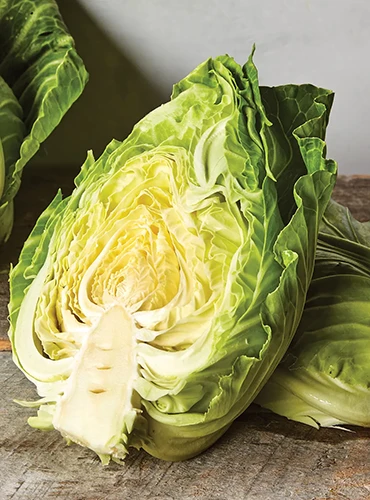
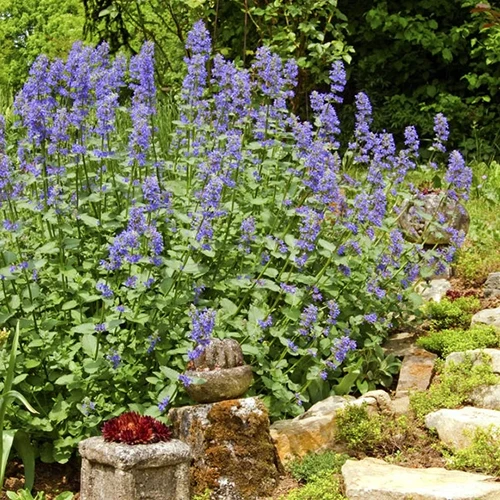
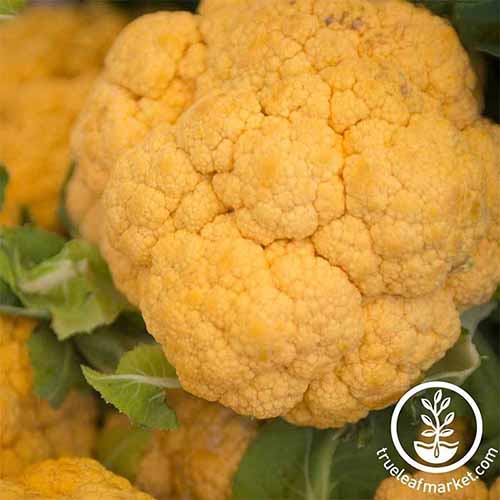
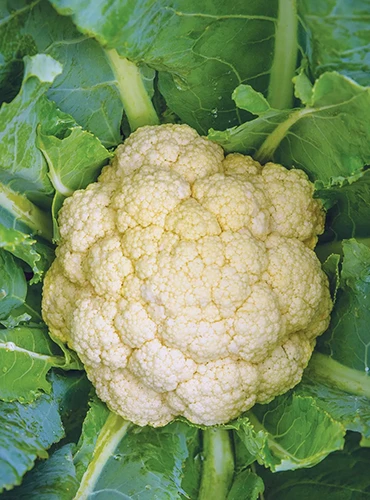
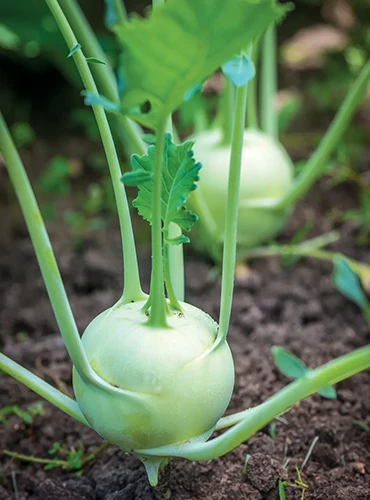
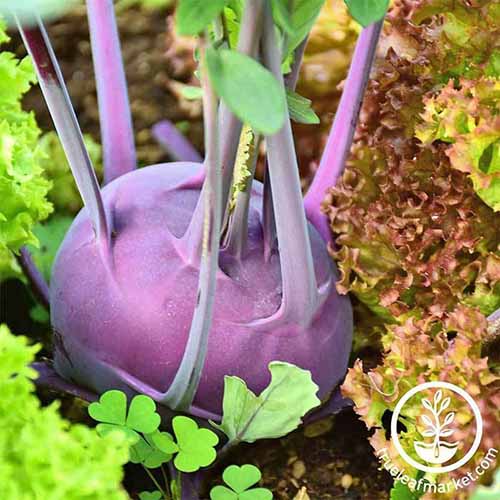
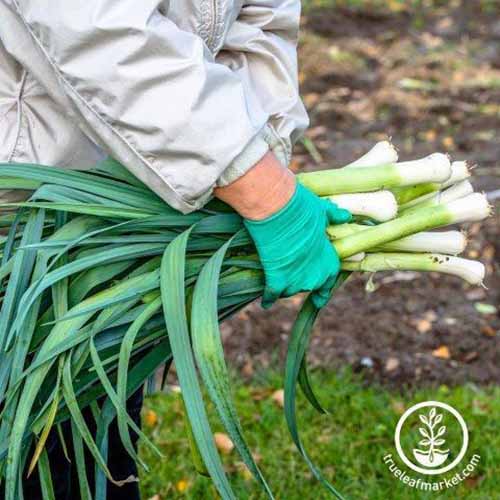
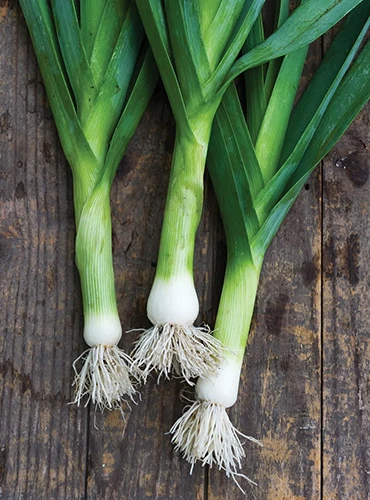

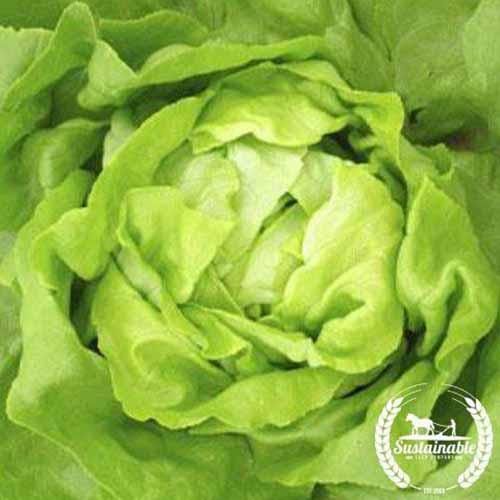
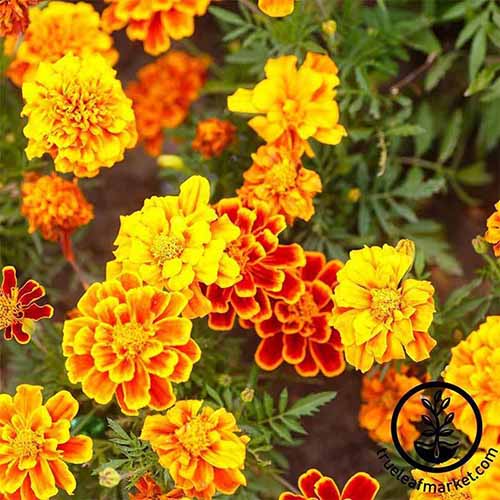
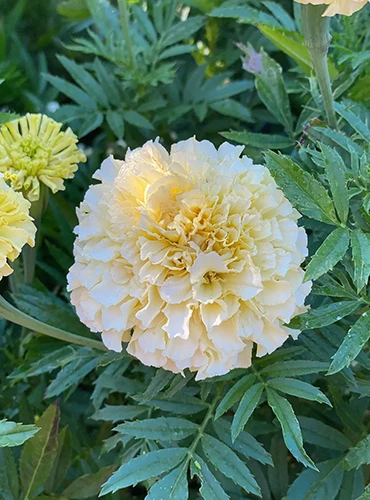
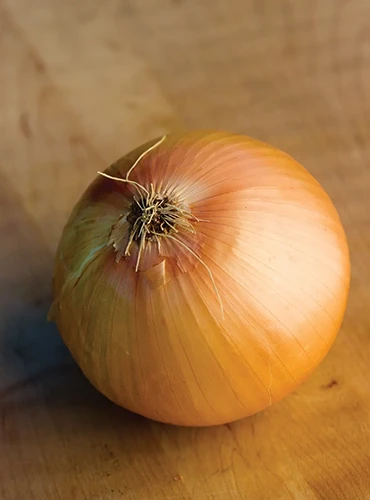
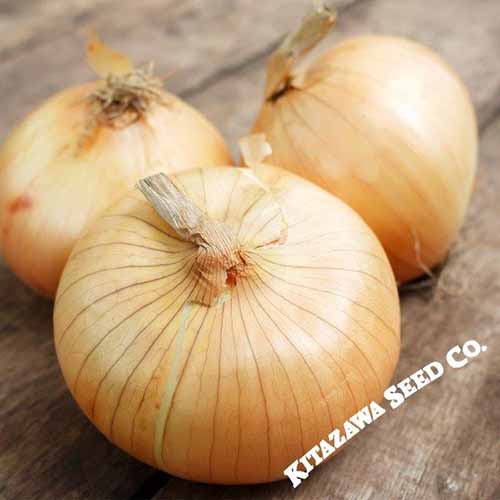
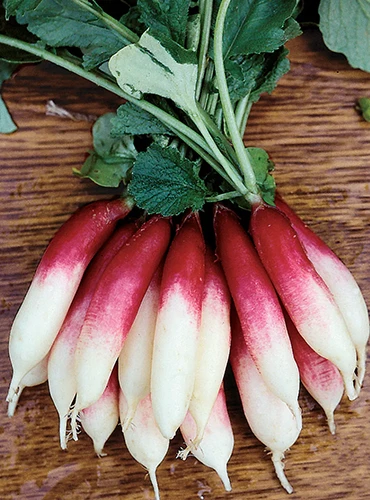
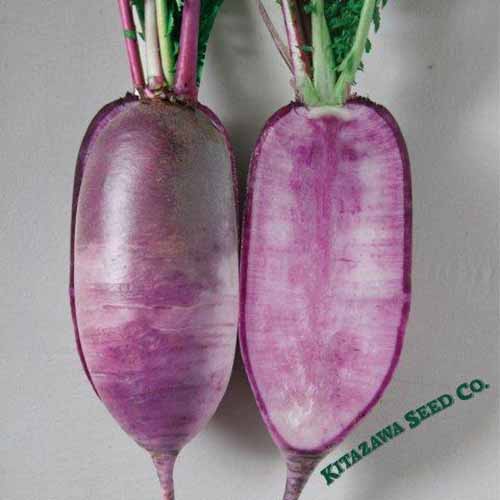

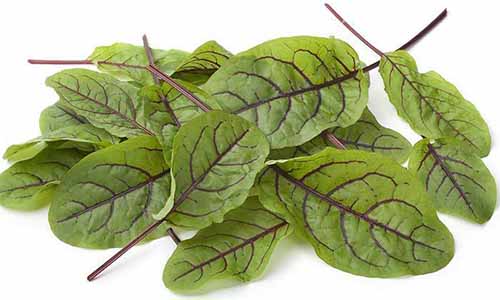
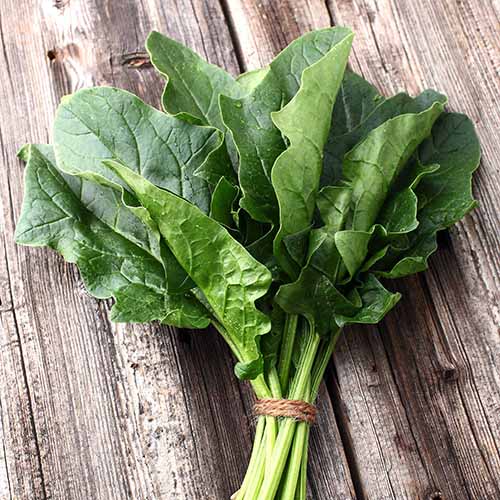

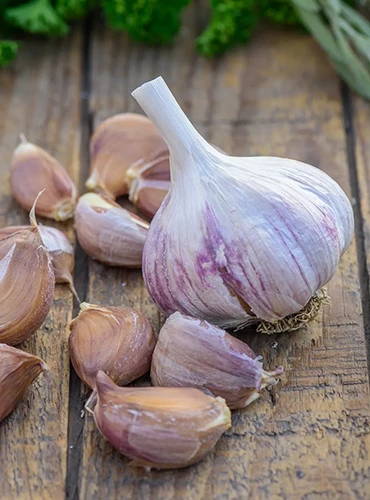
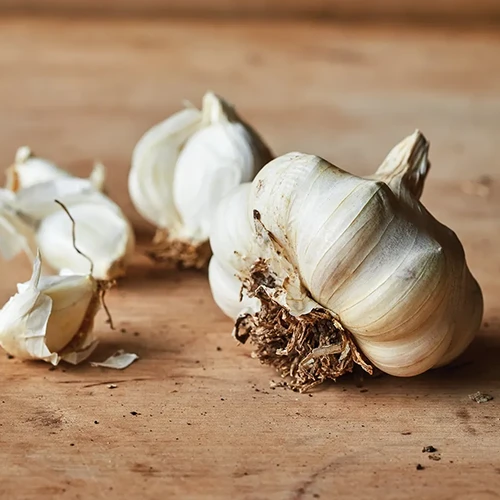
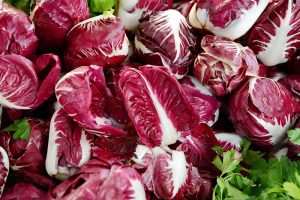
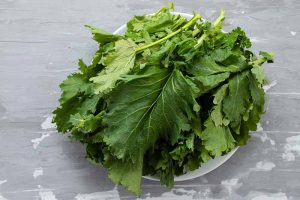
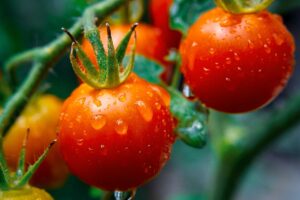
Very interesting!